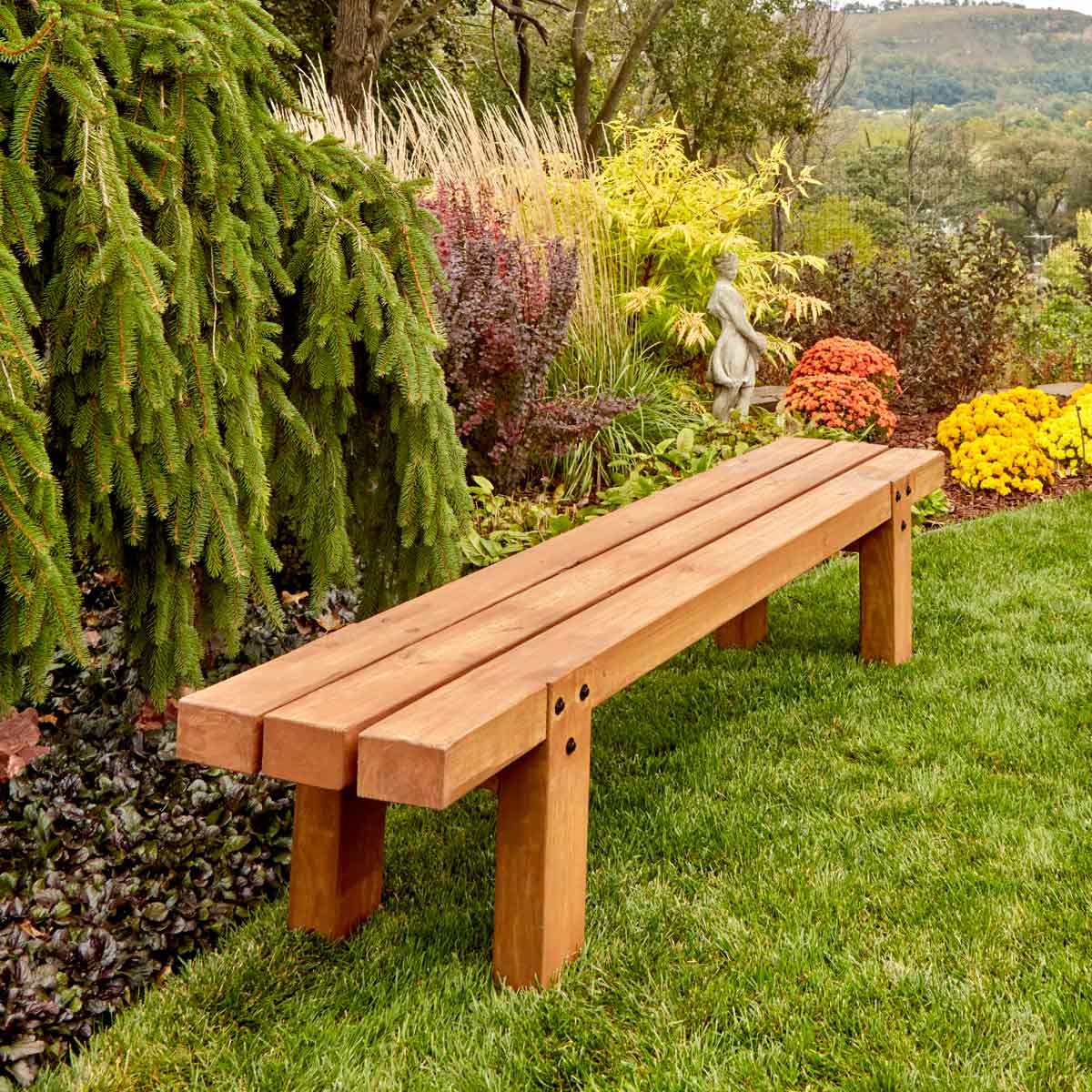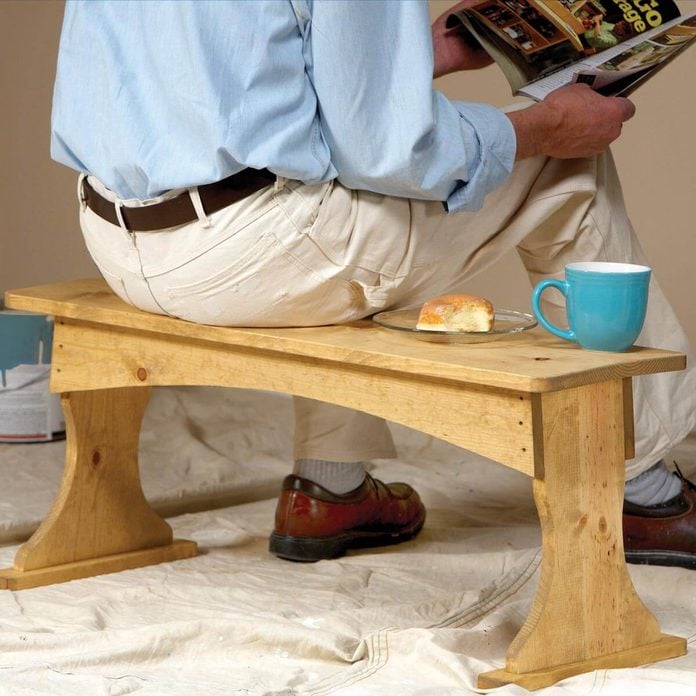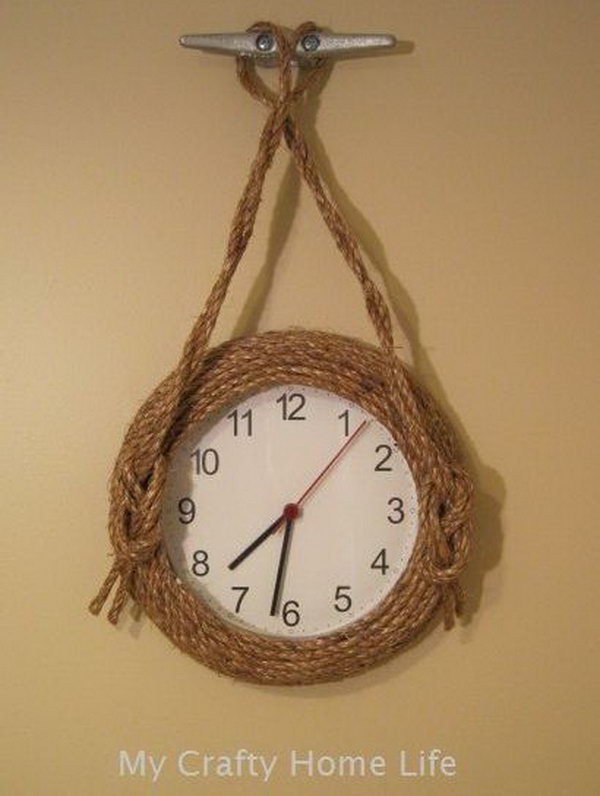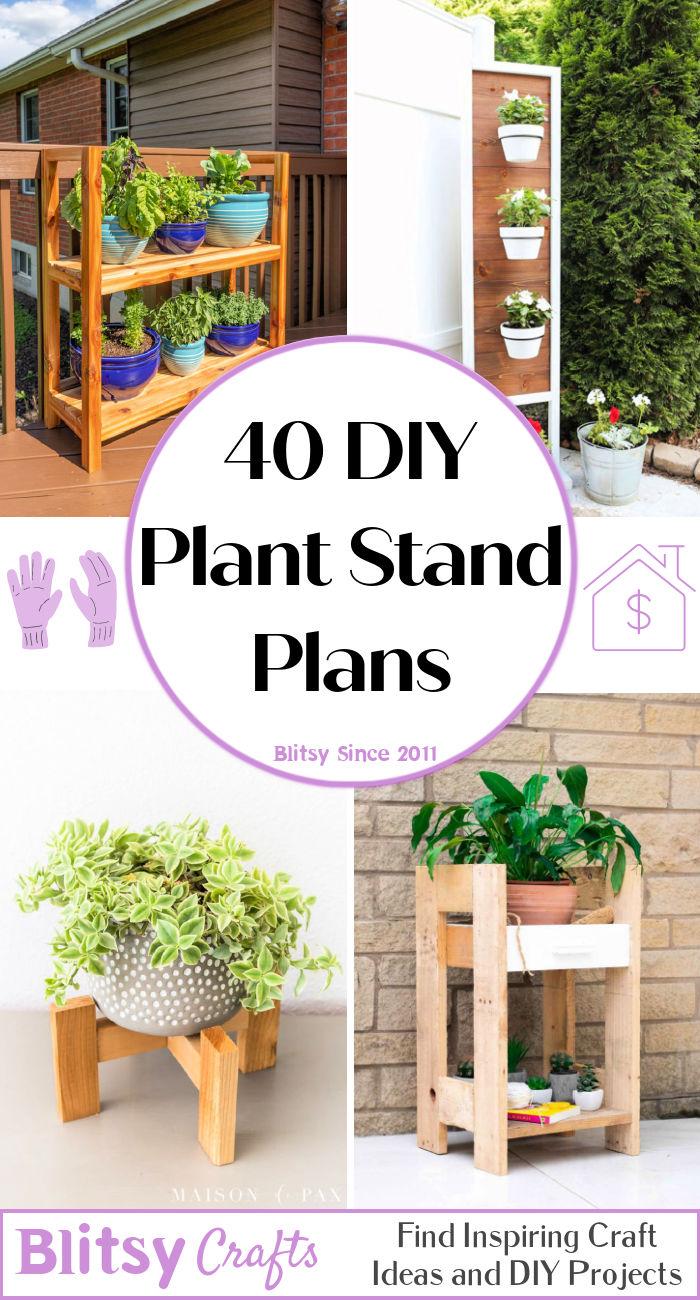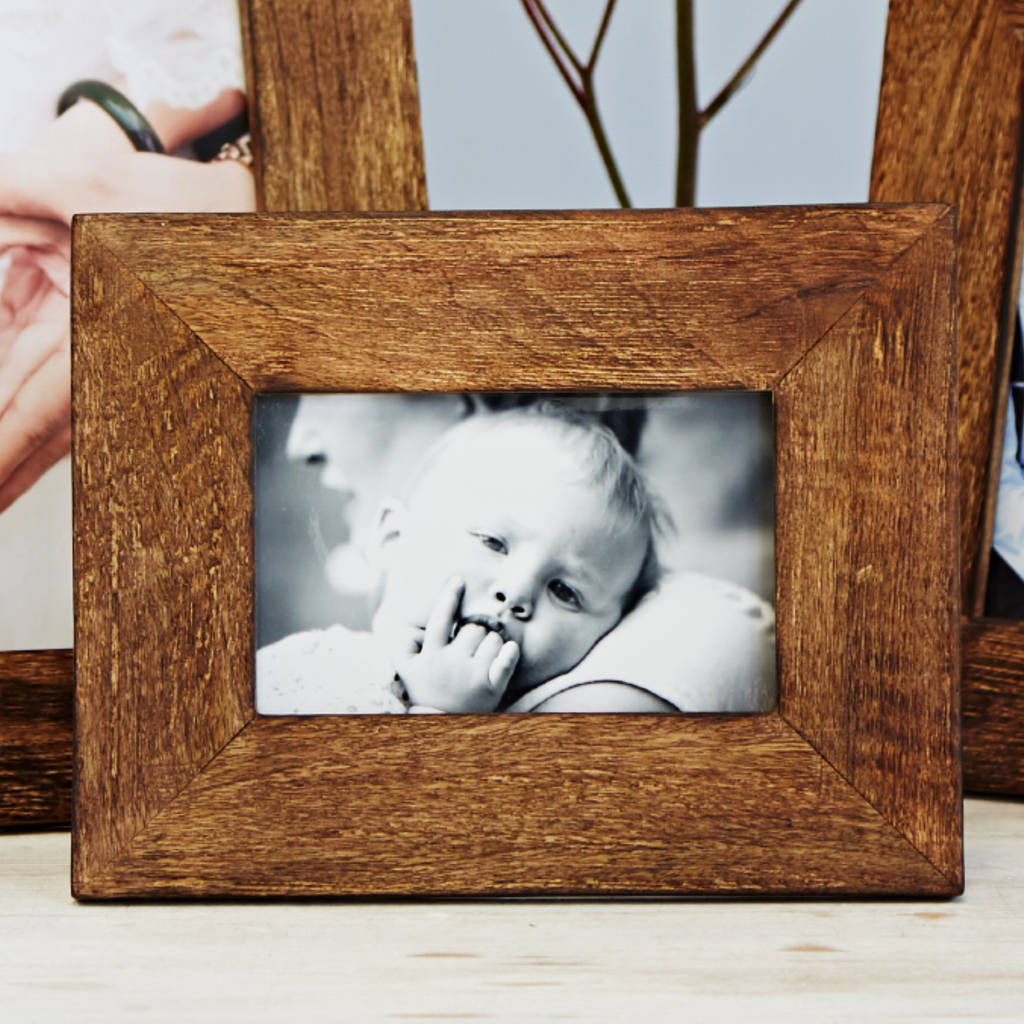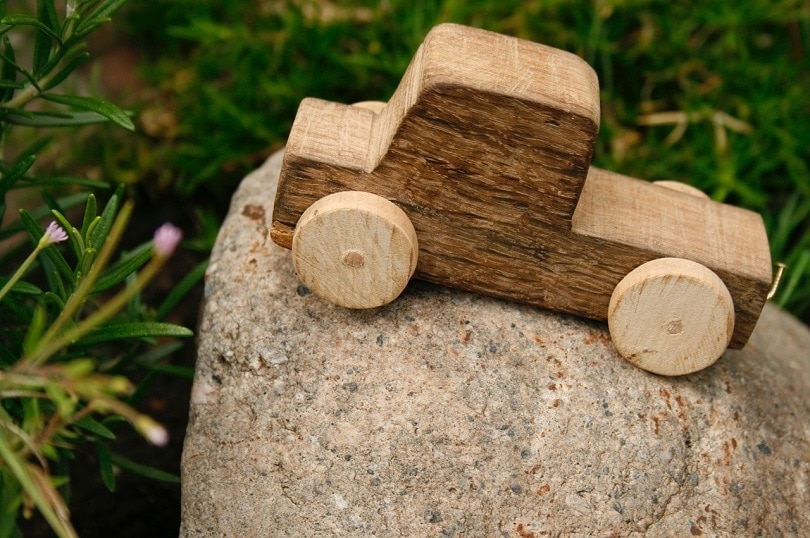Unique Wood Picture Frames That Sell Well
In the world of home décor, picture frames hold a special place, serving as both functional and decorative elements. While traditional frames have their charm, there is a growing demand for unique and eye-catching designs. This is where wood picture frames, with their inherent beauty and versatility, come into play. By embracing innovative techniques and incorporating unexpected materials, you can craft wood frames that not only showcase precious memories but also elevate the aesthetic appeal of any space.
Beyond the standard rectangular shape, there's a vast world of possibilities waiting to be explored. Consider venturing into geometric patterns, circular forms, or even whimsical silhouettes that capture the essence of your artistic vision. Experiment with various wood species, each offering a unique texture and color palette. The right wood can add depth and character, transforming a simple frame into a statement piece.
Remember, a successful picture frame is more than just a border. It's an opportunity to tell a story, to evoke emotions, and to reflect the personality of the art it encases. So, let's delve into the captivating world of unique wood picture frames and discover what makes them truly stand out in the market.
The Allure of Wood Picture Frames
Wood picture frames possess an undeniable allure, captivating consumers with their timeless elegance and natural beauty. Their inherent warmth and texture create a sense of authenticity and sophistication that complements a wide range of interior styles. But beyond aesthetics, wood frames offer several practical advantages:
Durability and Longevity
Wood is renowned for its strength and resilience, ensuring that your frames withstand the test of time. Well-crafted wood frames can last for generations, becoming cherished heirlooms that pass down through families. This durability translates into a long-lasting investment for both you and your customers.
Versatility and Adaptability
Wood's versatility allows for an endless array of design possibilities. From rustic farmhouse to sleek modern, the right wood species and finish can seamlessly blend with any decor theme. Furthermore, wood frames can be easily customized to suit individual preferences, allowing for personalized touches that add a unique flair to any space.
Sustainability and Eco-Consciousness
In today's environmentally conscious world, consumers are increasingly drawn to sustainable products. Wood, a renewable resource, aligns with this trend, offering a responsible and eco-friendly choice for picture frames. By choosing wood frames, you contribute to responsible forest management and reduce your carbon footprint.
Unique Designs that Captivate the Eye
To make your wood picture frames truly stand out, you need to go beyond the conventional. Here are some innovative design elements that can captivate customers and drive sales:
Geometric Patterns
Geometric patterns add a contemporary edge to traditional wood frames. Think angular lines, sharp corners, and bold shapes that create a visually striking contrast. You can experiment with various geometric forms, from simple triangles and squares to more intricate tessellations. These patterns can be achieved through laser cutting, wood carving, or even inlay techniques.
Circular and Oval Frames
Step away from the standard rectangular format and embrace the fluidity of circular and oval frames. These shapes create a softer, more inviting aesthetic, adding a touch of elegance to any room. Circular frames are particularly well-suited for portraits, while oval frames can beautifully accentuate landscapes or still life compositions.
Whimsical Silhouettes
For a truly unique approach, consider incorporating whimsical silhouettes into your frame designs. These can range from playful animal shapes to abstract forms inspired by nature. Silhouettes add a touch of whimsy and personality, making your frames stand out from the crowd. You can achieve these effects using laser cutting, hand carving, or even stenciling techniques.
Mixed Media and Inlay Techniques
Combine wood with other materials to create truly captivating frames. Incorporate metal accents, glass elements, or even natural materials like stones or shells. Inlay techniques, where different materials are embedded into the wood, can create stunning visual effects, adding depth and complexity to the frame design.
Choosing the Right Wood Species
The choice of wood species significantly influences the appearance and character of your frames. Consider these popular options:
Oak
Oak is a classic choice for picture frames, known for its strength, durability, and rich grain patterns. It comes in various shades, from warm browns to reddish hues, offering versatility in matching different decor styles. Oak's natural beauty and timeless appeal make it a popular choice for both traditional and contemporary frames.
Maple
Maple is a lighter-colored wood, often featuring a warm, honey-like hue. Its smooth, consistent grain makes it ideal for creating elegant and sophisticated frames. Maple is also known for its hardness and durability, ensuring that your frames will last for years to come.
Walnut
Walnut is a luxurious wood, known for its deep, rich brown color and distinctive, swirling grain patterns. Its beauty and sophistication lend a touch of elegance to any frame. Walnut is a popular choice for high-end frames and is often used to create striking statement pieces.
Cherry
Cherry wood boasts a warm reddish-brown hue that deepens with age, giving it a vintage charm. Its smooth, consistent grain and natural beauty make it an excellent choice for both traditional and contemporary frames. Cherry wood frames can add a touch of elegance and sophistication to any space.
Reclaimed Wood
Reclaimed wood, salvaged from old buildings or structures, adds a unique character and eco-friendly appeal to picture frames. Each piece of reclaimed wood carries a story, with knots, imperfections, and variations in color that create one-of-a-kind frames. This sustainable approach aligns with environmentally conscious consumers and adds an authentic touch to your designs.
Creating a Lasting Impression with Finishing Touches
Once you've selected your wood and designed your frame, it's time to add the finishing touches that will truly elevate your creations. These details can make a world of difference in the final appearance and impact of your frames:
Staining and Painting
Staining and painting allow you to customize the color and finish of your frames. Choose colors that complement the artwork you're framing or that match the overall decor style of the space. You can achieve a variety of looks, from natural wood tones to bold, vibrant colors. Consider using distress techniques or applying metallic finishes to add unique depth and texture.
Glazing and Patina Effects
Glazing techniques, using translucent paint or glaze, can create a soft, antique effect on wood frames. Patina effects, achieved through applying a layer of metallic pigments, add a touch of age and sophistication. These finishes enhance the depth and visual interest of your frames, making them more captivating and inviting.
Hardware and Accents
The hardware and accents you choose can add the finishing touch to your wood picture frames. From simple metal clips to ornate brass hinges, the right hardware complements the overall design. Consider incorporating metal accents, like corners or decorative strips, for a more sophisticated look. Don't forget about the back of the frame, where you can add a touch of elegance with velvet backing or personalized labels.
Marketing and Selling Your Unique Frames
Creating stunning, unique wood picture frames is just the first step. To ensure your success, you need to effectively market and sell your creations. Here are some strategies to help you reach your target audience:
Highlight the Uniqueness and Quality
When marketing your frames, emphasize their unique designs, craftsmanship, and the quality of the wood used. Showcase the individuality of each frame, highlighting the stories behind the wood and the care that went into crafting them. Use high-quality photography to capture the details and beauty of your creations.
Target Niche Markets
Instead of trying to appeal to everyone, focus your marketing efforts on specific niche markets. For example, you could target interior designers, art galleries, or consumers interested in sustainable products. By tailoring your marketing messages to these specific audiences, you'll increase your chances of success.
Utilize Online Platforms
Leverage online platforms to reach a wider audience. Create an online shop, showcase your frames on social media, and participate in online marketplaces. These platforms provide valuable opportunities to connect with potential customers and promote your unique creations.
Attend Craft Fairs and Art Shows
Craft fairs and art shows are excellent venues to showcase your wood picture frames in person. These events provide a chance to interact with potential customers, gather feedback, and gain valuable exposure for your brand. Prepare engaging displays and be ready to share your passion for crafting unique and beautiful frames.
In conclusion, unique wood picture frames offer a compelling combination of beauty, durability, and sustainability, making them a highly sought-after product in the home décor market. By embracing innovative designs, experimenting with various wood species, and adding thoughtful finishing touches, you can create frames that truly stand out. With effective marketing and sales strategies, you can build a successful business around your passion for crafting captivating wood picture frames that elevate the art of showcasing precious memories.

